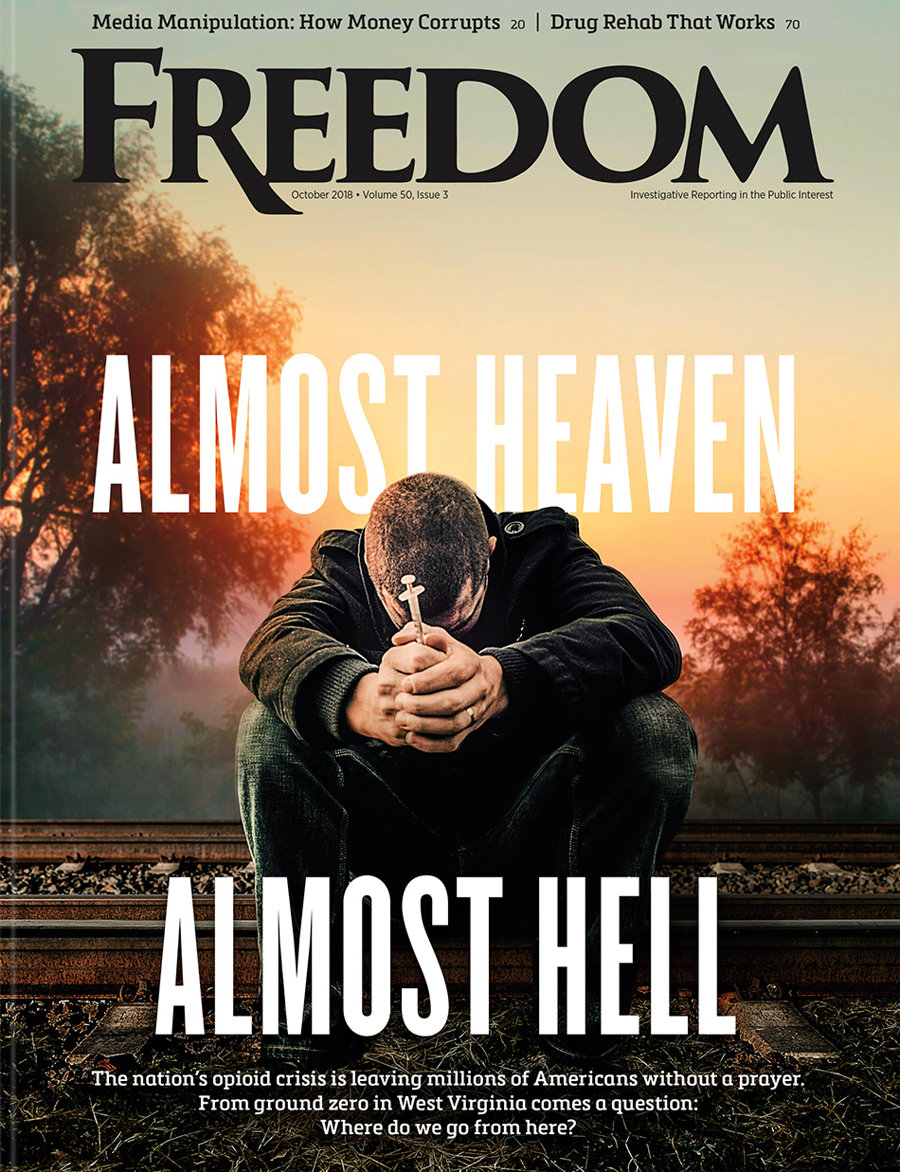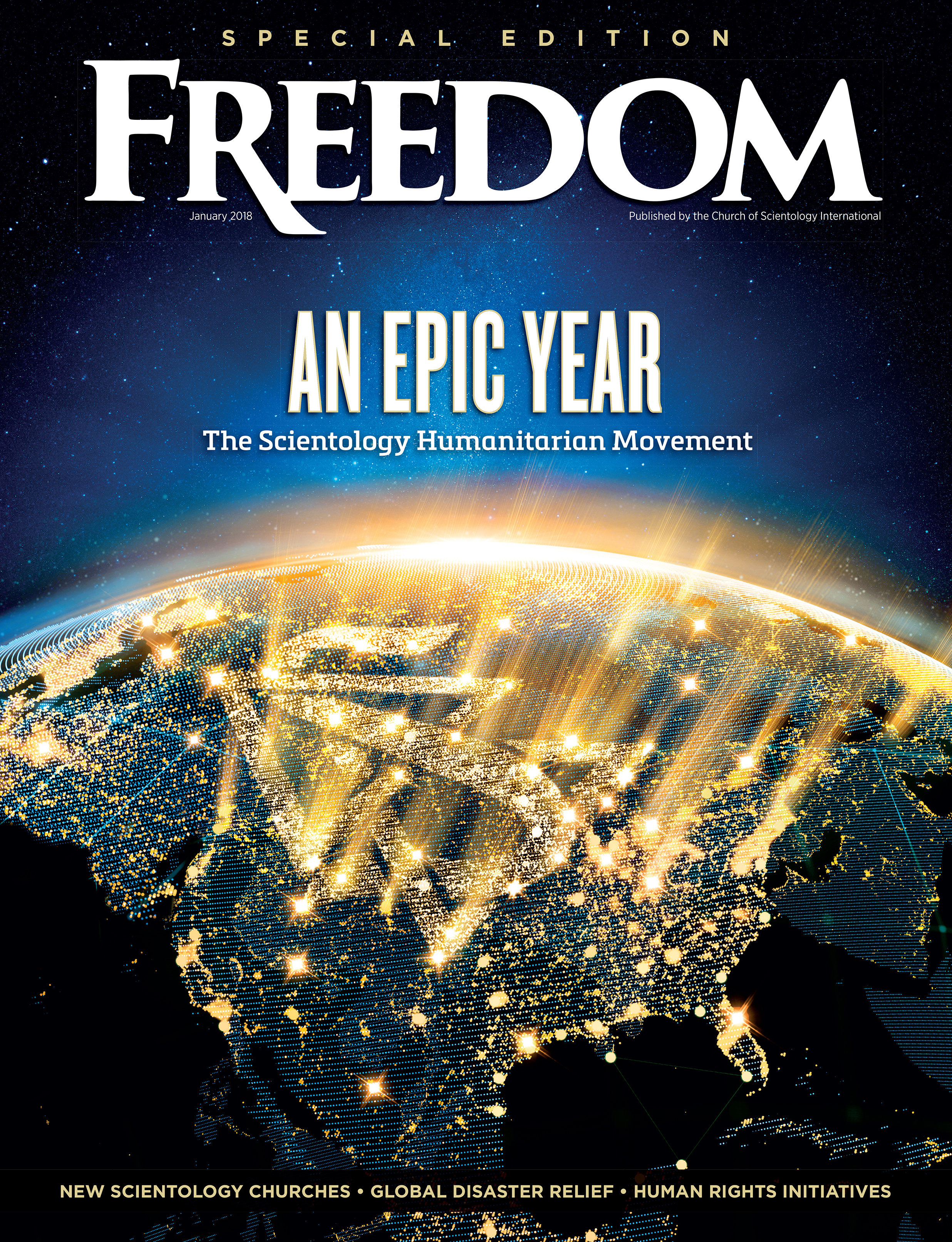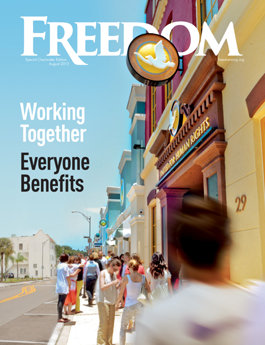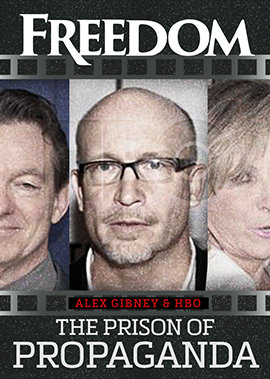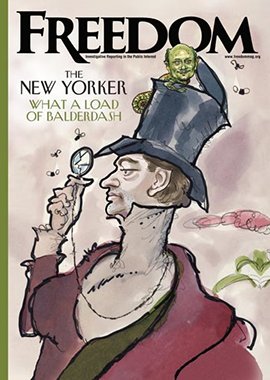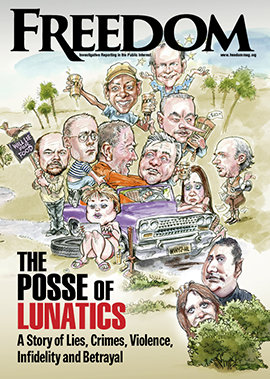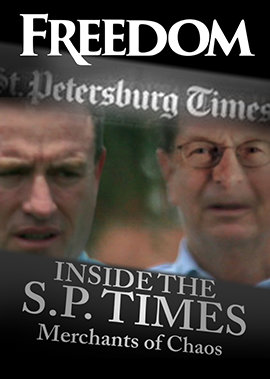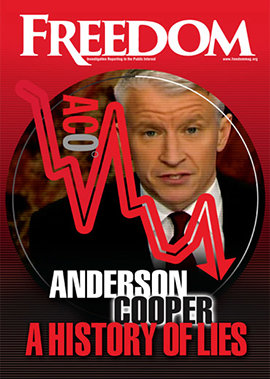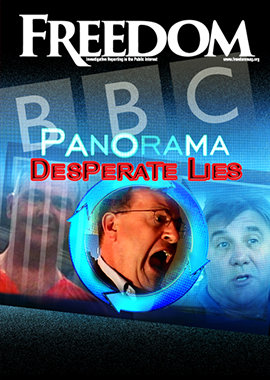Every year, tens of thousands chase that illusion—only to die trying. Approximately 35,000 people in the US succumb annually to what they thought would be the ultimate high.
The feeling is a swindle, and its lure is a deathtrap called “speedballing”—the simultaneous use of stimulants for the “rush” and opioids for the “chill.”
One reason is that cartels want repeat customers and, like any multinational, multibillion-dollar enterprise, they engage in extensive R&D.
While speedballing traditionally referred to a mix of cocaine (stimulant) and heroin (opioid), today’s version is far deadlier—with the vast majority of overdose deaths involving a toxic blend of fentanyl combined with a stimulant. (Other substances like alcohol, benzodiazepines, cannabis and additional opioids are also often involved.) These lethal combinations—easy to get, and common at raves, parties and music festivals—supercharge the high and multiply the risk of addiction and sudden death.
In fact, if your preference is to mix opioids with stimulants rather than take your opioids straight, your chances of death by overdose more than double.
Here’s the brutal math: In 2015, just over 12,000 Americans died from stimulant-related overdoses. By 2022, that number had soared to 57,000—a 375 percent explosion. Some 70 percent of those deaths involved synthetic opioids like fentanyl, meaning a speedballing cocktail was responsible for the vast majority of those skyrocketing stimulant deaths.
Combining deadly drugs for the sake of sensation is nothing new. Sigmund Freud indulged in it and, by example, led the late John Belushi to do so decades later in 1982. Speedballing has claimed other distinguished victims like Chris Farley and River Phoenix.

Guns N’ Roses lead guitarist, Slash, was lucky: The rocker was clinically dead for eight minutes from cardiac arrest after taking a speedball in the 90s, but was revived by paramedics.
While Slash lived to tell the tale, today’s drug landscape is far deadlier—overdoses involving both fentanyl and stimulants have surged 50-fold since 2010.
So what’s leading so many people to walk off the cliff? One reason is that cartels want repeat customers and, like any multinational, multibillion-dollar enterprise, they engage in extensive R&D.
That research has led them to the outer limits of an irresistible high that leaves the user always craving more.
Bob DuPont, founding director of the National Institute on Drug Abuse, says, “The drug dealers are engaged in a remarkable brain research project no laboratory or NIH research could match in finding the maximum stimulus of brain reward.”
The stimulant (cocaine, meth, etc.) produces a high state of intense arousal and euphoria, while the opioid (fentanyl, heroin, etc.) intoxicates and mellows the user. Together they flood the brain with dopamine—the “feel-good” hormone—a deadly “reward.”
Once hooked, the victim will do anything for more.
The result is persistent cravings, as well as respiratory and cardiovascular problems like hypertension, heart attack and stroke—all quite in addition to overdose, addiction and death.
University of Mississippi Assistant Professor of Public Health Andrew Yockey has studied and written extensively on speedballing and its dangers. He believes the time has come for a new approach to the crisis.
“Increasing awareness about the dangers of speedballing is crucial,” he says. “I believe that educational campaigns can inform the public about the risks of combining stimulants and opioids and the potential for unintentional fentanyl exposure.”
One such campaign has already proven effective. Foundation for a Drug-Free World’s Truth About Drugs initiative has raised global awareness of the quicksand that is substance abuse. Sponsored by the Church of Scientology—and used by 1,200 organizations, government agencies and law enforcement—its educational materials have been translated into 17 languages and have reached over a billion people worldwide.
Slash’s near-death experience with speedballing was a turning point. Now sober, he reflects, “I really look at myself as being just super blessed, because it should’ve gone the other way.”
For tens of thousands of others, it did go the other way. And the tragedy is—it didn’t have to.
With education and awareness, lives can still be saved.
But only if we act now.






